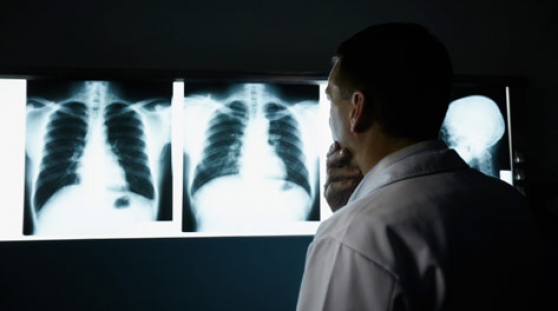Cancer Health Center
Table of Contents

Because cancer can look different in many individuals, only a doctor can confirm a cancer diagnosis. You should schedule a full physical examination with your doctor and discuss your symptoms and findings that have lead you to suspect you may have cancer or be at risk of developing cancer.
Your doctor may ask about your family medical history to determine if cancer runs in your family. This may heighten your risk of the disease. Your doctor may also conduct lab tests which may include tests of blood, urine and other fluids that can later be more intricately studied beneath a microscope or in a lab.
Imaging procedures may be utilized as well in order to see if a tumor may be present within the body. Imaging procedures used may include x-rays, a CT scan, an ultrasound and an MRI. These all produce images of internal organs and structures so your doctor can see more clearly if there is something that doesn't belong.
A biopsy is another method of testing for cancer. Many times a biopsy is needed to confirm the presence of cancer. For this procedure, your doctor will remove a sample of tissue and send it to a lab to be further inspected. This tissue may be removed by needle, surgery or with an endoscope, a thin tube with a light on the end that is capable of removing tissue.
